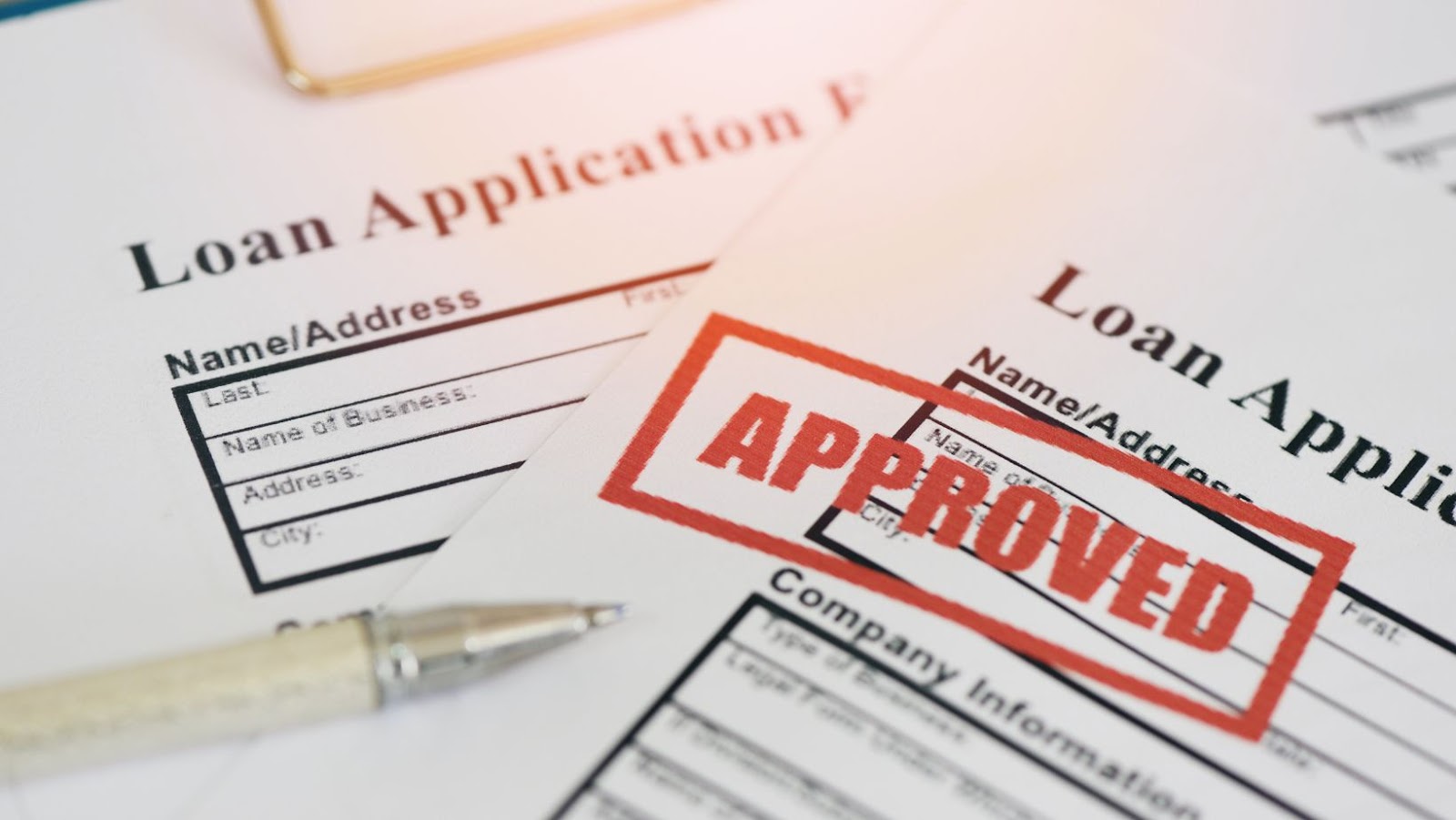[ez-toc]
Navigating the world of business loans can be daunting for many entrepreneurs, particularly regarding the loan duration, which directly affects financial planning and growth. Whether you’re a startup seeking initial funding or an established business looking to expand, understanding the repayment period is essential.
Business loans come in various types, each with different repayment timelines. From short-term loans for quick capital to long-term loans for significant investments, the duration can vary widely. Understanding these differences helps businesses align their financial strategies with their growth objectives, allowing entrepreneurs to select the right loan that matches their specific needs and goals.
Understanding Business Loan Terms
Business loan terms refer to the period over which borrowers repay their debt, typically ranging from a few months to several years.
- Short-term loans last up to 18 months and are ideal for immediate financial needs, such as inventory purchases.
- Medium-term loans span 1 to 5 years, suitable for funding expansion projects or acquiring equipment.
- Long-term loans extend beyond 5 years and are often used for substantial investments, like real estate.
Interest rates, repayment schedules, and collateral requirements vary by term length. Short-term loans usually have higher interest rates but lower overall costs due to their brief durations. Medium-term loans offer moderate rates and manageable monthly payments, while long-term loans may feature lower rates but incur higher total interest costs over time.
 Types of Business Loans
Types of Business Loans
Understanding the different types of business loans helps entrepreneurs align their financing with their business goals:
- Term Loans: These provide a lump sum to be repaid over a set period at fixed or variable interest rates. They can be short, medium, or long-term and are suitable for significant expenses.
- SBA Loans: Backed by the U.S. Small Business Administration, these loans offer favorable terms and lower interest rates, ideal for operational costs or significant expansions.
- Lines of Credit: This flexible borrowing option allows businesses to access funds up to an approved limit, paying interest only on the amount withdrawn. It’s useful for managing cash flow fluctuations.
- Equipment Financing: Specifically for purchasing machinery or equipment, this type of loan uses the equipment itself as collateral, with terms typically matching the asset’s lifespan.
- Invoice Financing: This allows businesses to borrow against unpaid invoices, providing quick capital access when outstanding receivables hinder cash flow.
Factors Influencing Loan Duration
Several key factors influence both lender terms and borrower needs when determining loan duration:
- Purpose of Loan: Short-term working capital loans generally have shorter durations, while loans for large investments may extend beyond 5 years.
- Business Financial Health: Lenders evaluate a business’s financial stability through credit scores and financial statements; stronger profiles may secure longer repayment terms.
- Collateral Availability: Substantial collateral can enable longer loan terms with favorable interest rates, whereas unsecured loans usually have shorter durations.
- Interest Rates and Economic Conditions: Prevailing rates can impact loan terms, with lower rates during stable periods potentially leading to extended terms.
- Loan Amount: Larger loan amounts typically require longer durations for manageable repayments, while smaller loans may have shorter terms.
- Lender Preferences: Different financial institutions have varying criteria that influence their loan duration offerings.
Pros and Cons of Different Loan Durations
Each loan duration presents unique advantages and disadvantages that affect strategic financial decisions:
- Short-Term Loans (Up to 18 months):
- Pros: Quick funding for immediate needs; shorter commitments reduce long-term debt.
- Cons: Higher interest rates can strain cash flow; rapid repayments require consistent revenue.
- Medium-Term Loans (1-5 years):
- Pros: Moderate interest rates support expansion with manageable repayments.
- Cons: Stricter qualification criteria may arise; potential rate fluctuations can affect affordability.
- Long-Term Loans (Over 5 years):
- Pros: Lower monthly payments improve cash flow management; fixed rates provide stability.
- Cons: Higher overall interest accumulation increases total loan costs; substantial collateral may limit access for startups.
Tips for Choosing the Right Loan Term
Choosing the appropriate loan term is crucial for aligning financial commitments with business objectives. Entrepreneurs should assess immediate and long-term goals, considering the impact of different durations on cash flow and growth potential. Evaluating the business’s financial health and collateral availability will guide the selection of the most suitable loan type and duration.